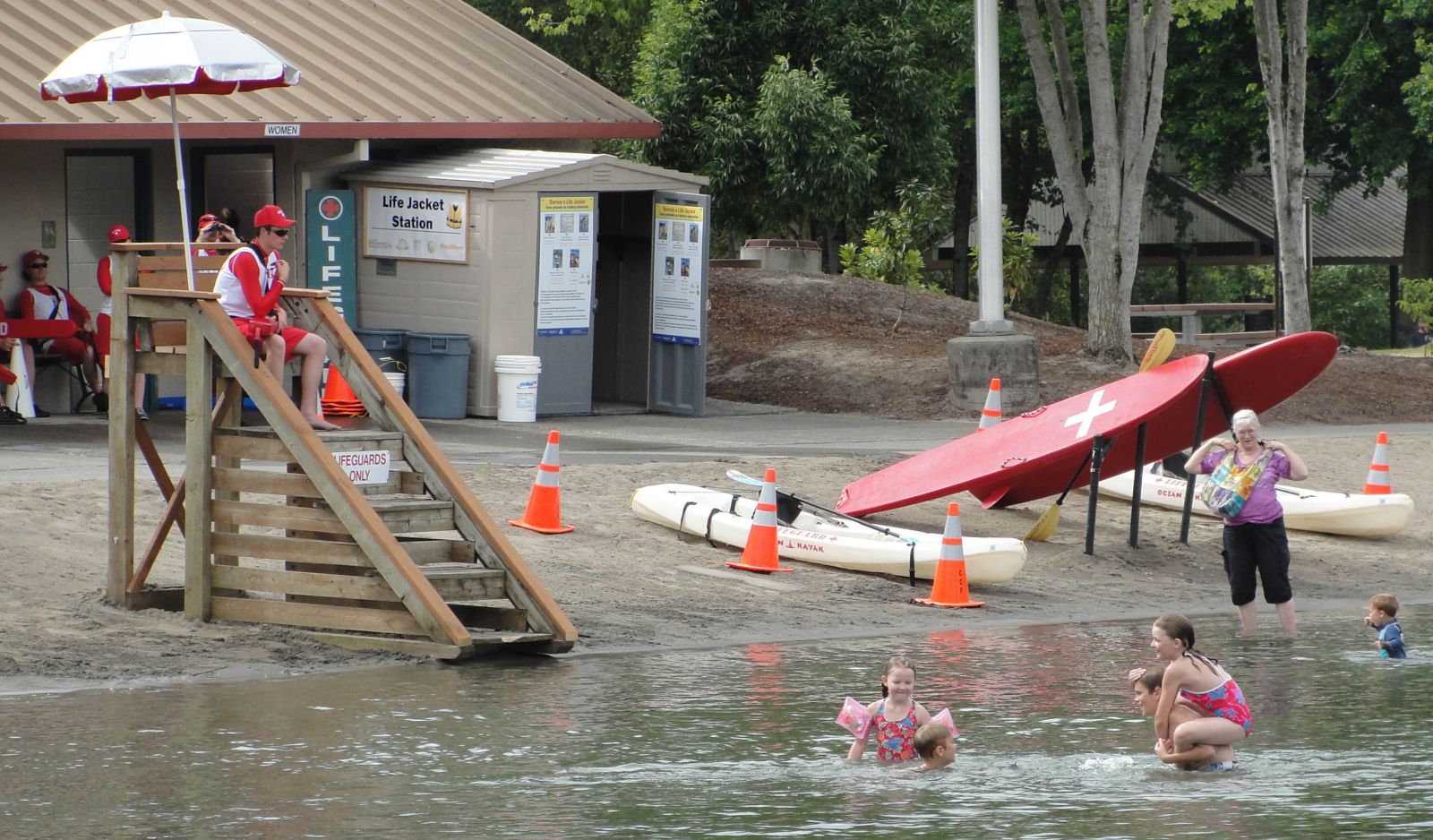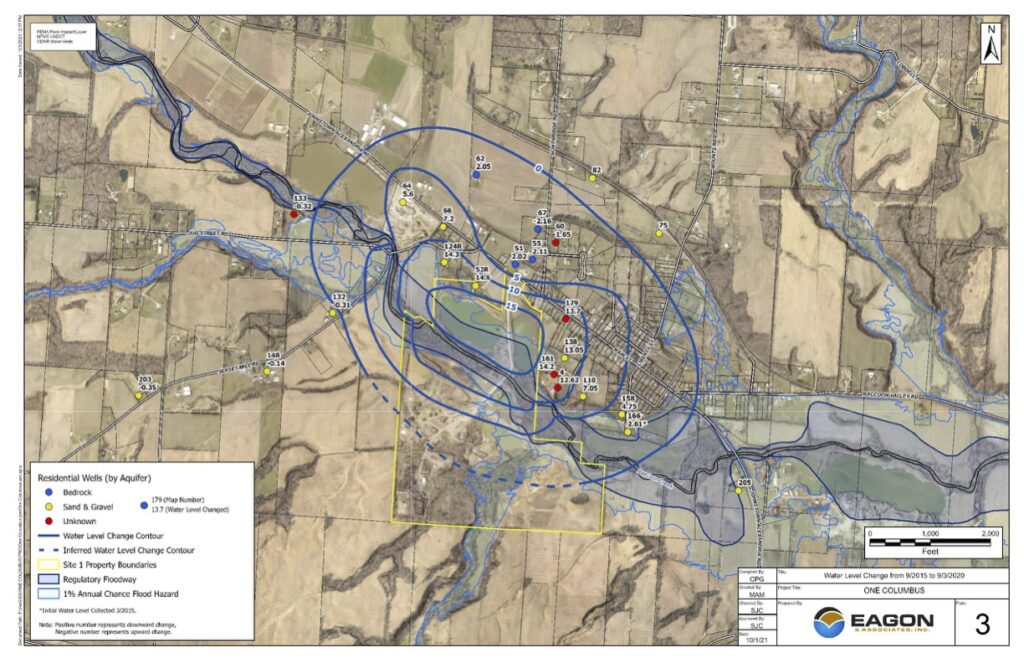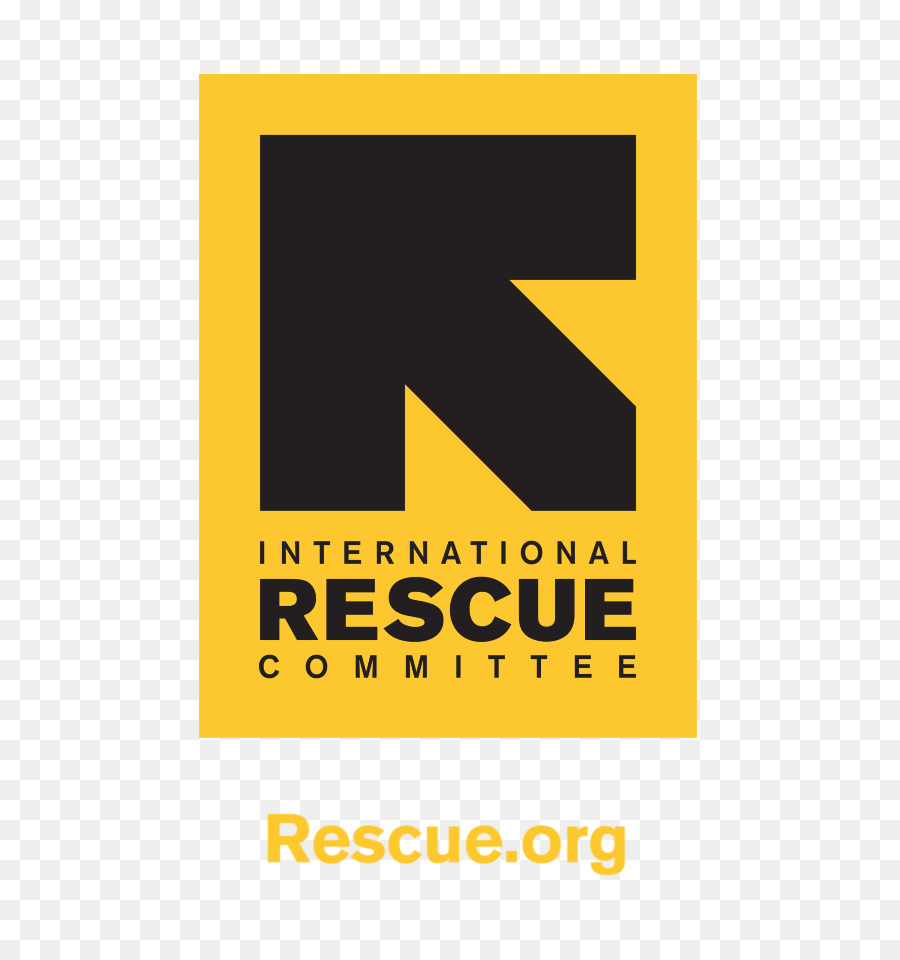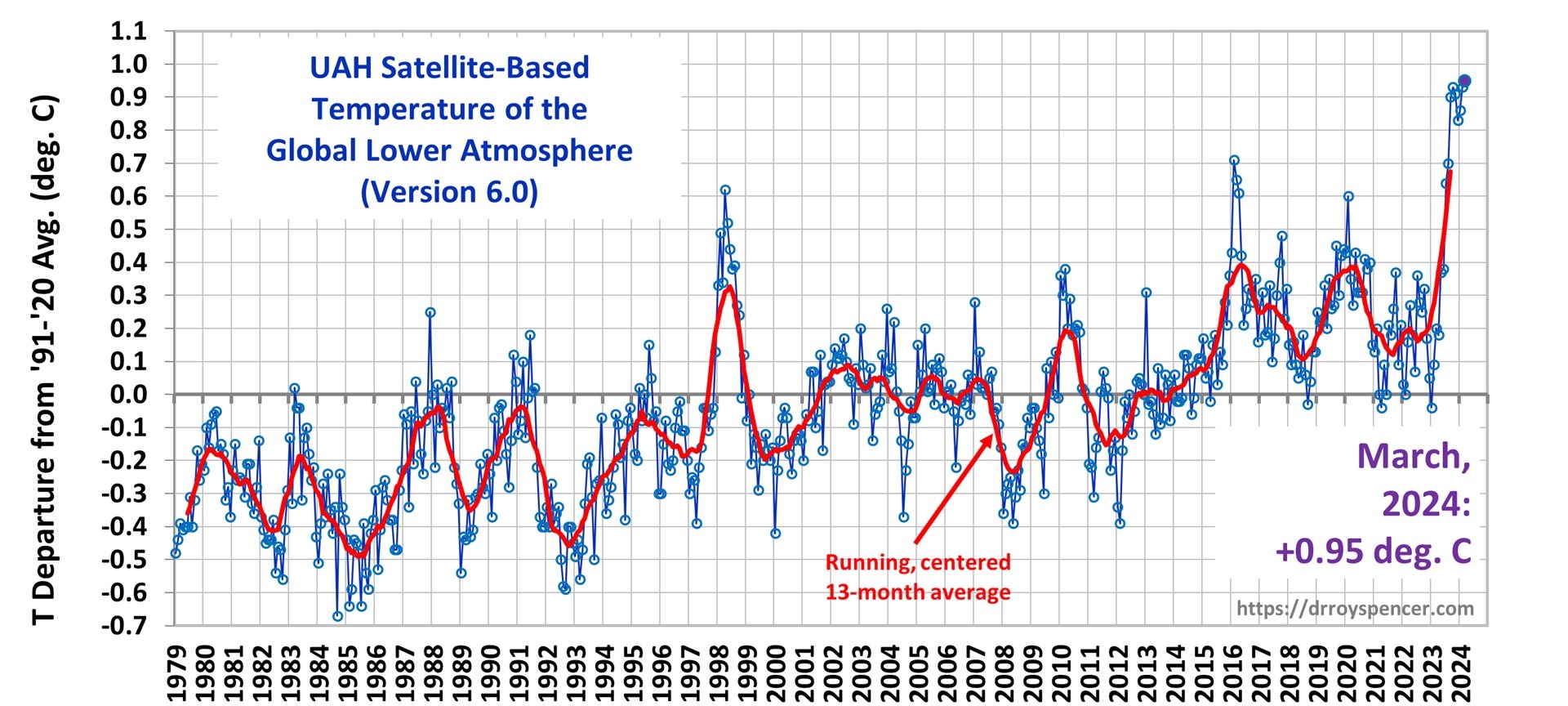
Department of the Interior Announces Funding Opportunities for Water Resilience and Ecosystem Protection
Date: Monday, August 7, 2023
Contact: Interior_Press@ios.doi.gov
Introduction
The Department of the Interior has announced funding opportunities worth up to $195 million to develop a more resilient water supply, support cooperative watershed management, and safeguard aquatic ecosystems. These funds are primarily sourced from President Biden’s Investing in America agenda, including the Bipartisan Infrastructure Law’s WaterSMART program, the Inflation Reduction Act, and annual appropriations.
President Biden’s Investing in America agenda is the largest investment in climate resilience in the nation’s history. It aims to enhance Western communities’ resilience to drought and climate change, while also protecting the sustainability of the Colorado River System. The Bipartisan Infrastructure Law’s WaterSMART program will invest $8.3 billion over five years for various water infrastructure projects, including water purification, reuse, storage, conveyance, desalination, and dam safety. Additionally, the Inflation Reduction Act will provide an extra $4.6 billion to address the historic drought.
The announcement follows Secretary Deb Haaland’s recent visit to Riverside, California, where she toured the Eastern Municipal Water District. The district, which provides water to nearly 1 million residents in west Riverside County, will receive $10 million from the Bipartisan Infrastructure Law to support the development of a new water recycling plant.
Importance of Sustainable Development Goals (SDGs)
The funding opportunities align with several Sustainable Development Goals (SDGs), including Goal 6: Clean Water and Sanitation, Goal 13: Climate Action, and Goal 15: Life on Land. By investing in water resilience and ecosystem protection, the Department of the Interior is contributing to the achievement of these global goals.
Quotes from Officials
“In the wake of severe drought conditions throughout the West, the Department is putting funding from President Biden’s Investing America agenda to work to develop resilient water supplies and provide clean flowing waterways for the aquatic species that depend on them,” said Secretary Deb Haaland. “Today’s funding opportunities will advance local partnerships and invest in innovative solutions to help build resilient communities.”
“These investments from the President’s Investing in America agenda will give our partners an opportunity to increase water management flexibility, build climate resilience, and provide restored habitat for fish and wildlife,” said Bureau of Reclamation Commissioner Camille Calimlim Touton. “Water supply resilience and flexibility are essential as we work to make Western communities more resilient to the impacts of drought and climate change.”
Funding Opportunities
Drought Resilience Projects
Reclamation is making up to $55 million available in drought resiliency funding. The funding will support projects aimed at increasing water management flexibility. The projects are divided into four task areas:
- Infrastructure improvements
- Groundwater recovery
- Decision support tools, modeling, and measurement
- Domestic water supply projects for Tribes or disadvantaged communities
Applicant eligibility and the required non-federal cost-share vary by task area.
Planning and Design Projects
Reclamation is making up to $35 million available for planning and design grants. These grants will support water management improvements, including funding for water strategy grants to conduct planning and project design activities. The goal is to improve water supplies and create comprehensive drought contingency plans.
Applicant eligibility and the required non-federal cost-share vary by task area.
Cooperative Watershed Management Projects
Reclamation is offering up to $40 million in funding for collaborative watershed projects under the WaterSMART Cooperative Watershed Management Program. This program aims to promote water reliability and cooperation between stakeholders to reduce conflict and find solutions to complex water issues. The funding will support the establishment of new watershed groups or the expansion of existing ones, as well as restoration planning and project design for watershed management projects.
For more information on the program, visit Reclamation’s Cooperative Watershed Management Projects webpage.
Aquatic Ecosystems Projects
Reclamation is making an additional $65 million available for projects to restore and protect aquatic ecosystems. The funding will support the study, design, and construction of ecosystem restoration projects that aim to restore cleaner, colder, and more available water to ecosystems. These projects will have benefits for fisheries, wildlife, aquatic habitat, and improved fish passage.
Study and design projects are eligible for between $500,000 and $2 million, while construction projects can receive between $3 million and $20 million. A non-federal cost share of at least 35% is required.
Applications submitted by the close of the first application period on June 1, 2023, are currently under review.
For more information on these funding opportunities and others, visit Reclamation’s WaterSMART webpage.
###
SDGs, Targets, and Indicators
1. Which SDGs are addressed or connected to the issues highlighted in the article?
- SDG 6: Clean Water and Sanitation
- SDG 13: Climate Action
- SDG 15: Life on Land
2. What specific targets under those SDGs can be identified based on the article’s content?
- SDG 6.4: By 2030, substantially increase water-use efficiency across all sectors and ensure sustainable withdrawals and supply of freshwater to address water scarcity.
- SDG 13.1: Strengthen resilience and adaptive capacity to climate-related hazards and natural disasters in all countries.
- SDG 15.1: By 2020, ensure the conservation, restoration, and sustainable use of terrestrial and inland freshwater ecosystems and their services.
3. Are there any indicators mentioned or implied in the article that can be used to measure progress towards the identified targets?
- Indicator for SDG 6.4: Water management flexibility, infrastructure improvements, groundwater recovery, decision support tools, modeling and measurement, domestic water supply projects for Tribes or disadvantaged communities.
- Indicator for SDG 13.1: Investments in climate resilience, funding for drought resilience projects.
- Indicator for SDG 15.1: Funding for aquatic ecosystem projects, restoration and protection of aquatic ecosystems.
Table: SDGs, Targets, and Indicators
| SDGs | Targets | Indicators |
|---|---|---|
| SDG 6: Clean Water and Sanitation | 6.4: By 2030, substantially increase water-use efficiency across all sectors and ensure sustainable withdrawals and supply of freshwater to address water scarcity. | Water management flexibility, infrastructure improvements, groundwater recovery, decision support tools, modeling and measurement, domestic water supply projects for Tribes or disadvantaged communities. |
| SDG 13: Climate Action | 13.1: Strengthen resilience and adaptive capacity to climate-related hazards and natural disasters in all countries. | Investments in climate resilience, funding for drought resilience projects. |
| SDG 15: Life on Land | 15.1: By 2020, ensure the conservation, restoration, and sustainable use of terrestrial and inland freshwater ecosystems and their services. | Funding for aquatic ecosystem projects, restoration and protection of aquatic ecosystems. |
Behold! This splendid article springs forth from the wellspring of knowledge, shaped by a wondrous proprietary AI technology that delved into a vast ocean of data, illuminating the path towards the Sustainable Development Goals. Remember that all rights are reserved by SDG Investors LLC, empowering us to champion progress together.
Source: doi.gov

Join us, as fellow seekers of change, on a transformative journey at https://sdgtalks.ai/welcome, where you can become a member and actively contribute to shaping a brighter future.






